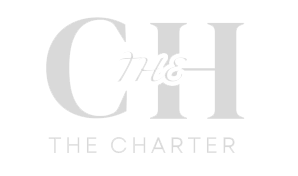Letting babies nap outdoors, even in winter, is a common practice in Scandinavian countries. Known as the “Nordic nap,” this method is believed to help infants sleep longer and more peacefully. However, some experts have reservations about the benefits of this concept.
According to Scandinavians, the Nordic nap has many health benefits for infants, particularly when the weather is cold and dry. It is said to strengthen their immune system, protecting them from winter illnesses like colds or coughs.
This practice is also thought to promote better sleep, which is longer and more restorative than naps taken indoors. Historically, the Nordic nap was preferred over the traditional indoor nap due to poorly ventilated homes in these northern European countries. It was introduced in response to high infant mortality rates.
Longer Naps in Cold Weather
In 2008, a study conducted by Marjo Tourula, a researcher at the University of Oulu in Finland, demonstrated the benefits of this habit on infants’ sleep. “It’s clear that babies sleep longer outside than inside,” she told the BBC in 2013. According to her research, naps taken indoors lasted an average of one to two hours, while those taken outdoors ranged from one and a half to three hours.
Furthermore, “a cold environment allows for swaddling without the baby getting too hot.” The same study reported that the ideal temperature for a Nordic outdoor nap is -5°C, provided the baby is warmly dressed.
Beware of Hypothermia!
However, studies on the benefits of outdoor naps on babies’ immune systems are less conclusive. Pediatrician Margareta Blennow told the BBC that reports from the Swedish Environmental Protection Agency show mixed results.
“Some studies have shown that preschool children who generally spent many hours outside (not just for naps) were less often sick than those who spent most of their time indoors,” she explained. But she noted that in other studies, there was no significant difference.
Dr. Jennifer Shu, an American pediatrician based in Atlanta, told Insider that this napping method poses potential health risks for infants: “A baby’s temperature can drop four times faster than an adult’s, and they can become hypothermic.” While she wouldn’t encourage parents to adopt this practice, the pediatrician also doesn’t see major issues with Nordic naps, “as long as parents are cautious and reasonable”.







